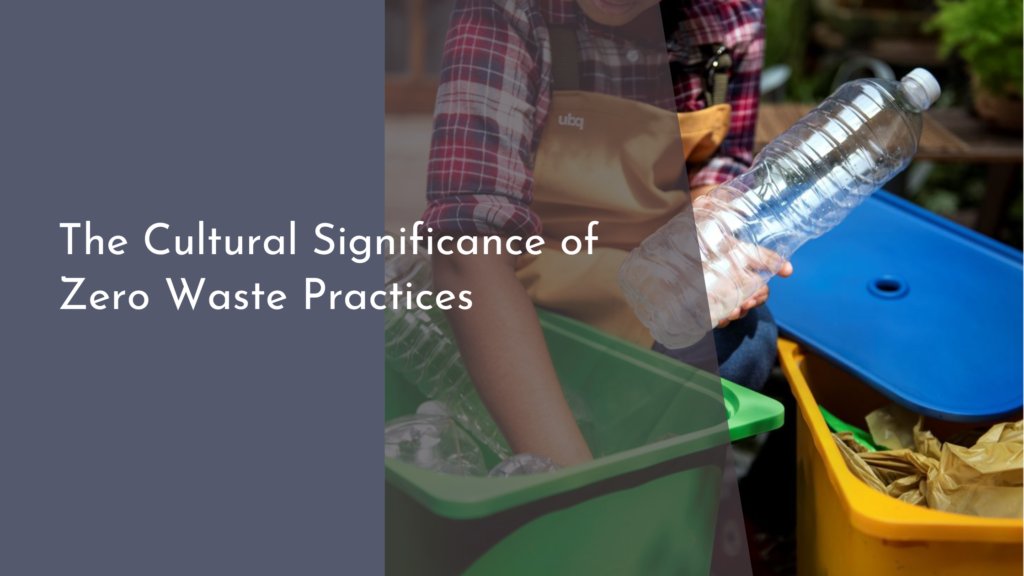Enhancing Community Resilience with Shared Rainwater Storage Systems
In an era marked by climate change and unpredictable weather patterns, communities worldwide are exploring innovative solutions to enhance their resilience to environmental challenges. Shared rainwater storage systems stand out as an effective strategy, allowing neighborhoods to collect and utilize rainwater collaboratively. This approach not only mitigates the risks associated with water scarcity but also fosters a sense of community and cooperation among residents. In this article, we will delve into the benefits of shared rainwater systems, the power of community collaboration, practical implementation steps, and inspiring success stories from communities thriving with this sustainable practice.
Discover the Benefits of Shared Rainwater Storage Systems
Shared rainwater storage systems present numerous advantages that extend beyond merely collecting rainwater. Firstly, they help reduce the strain on municipal water supplies, particularly during dry spells or droughts. By capturing rainwater, communities can create a reliable source of irrigation for gardens, parks, and public green spaces, ensuring that these vital areas thrive even when rainfall is scarce. Furthermore, these systems help prevent urban flooding by absorbing excess rainwater during storms, thereby protecting homes and infrastructure from costly damage.
In addition to environmental benefits, shared rainwater systems also promote social cohesion. When neighbors come together to establish and maintain these systems, they foster relationships and build a stronger sense of community. This collaborative effort encourages shared responsibility and communal decision-making, leading to a more engaged and united neighborhood. The financial aspect is also noteworthy, as pooling resources for shared infrastructure often reduces individual costs and makes sustainable practices more accessible to everyone involved.
How Community Collaboration Boosts Resilience Together
Community collaboration is the backbone of effective shared rainwater storage systems. When residents unite for a common goal, they can leverage diverse skills, knowledge, and resources to implement solutions that might be unattainable individually. This collaboration fosters an environment of trust and support, which is essential during challenging times such as droughts or floods. By working together, communities not only enhance their capacity to manage water resources but also build resilience against future environmental challenges.
Moreover, the act of collaborating on rainwater systems can lead to broader community initiatives focused on sustainability and environmental stewardship. As residents engage with one another, they may discover additional areas of concern or interest—such as energy conservation, waste reduction, or habitat restoration. This creates a ripple effect, encouraging a culture of sustainability that strengthens the community’s ability to adapt to and thrive amidst changing conditions.
Practical Steps to Implement Rainwater Solutions Locally
To bring shared rainwater storage systems to life, communities can start by organizing informational meetings to gauge interest and gather input from residents. This initial step is crucial for understanding the specific needs and preferences of the community. Once interest is established, groups can explore potential sites for rainwater harvesting, such as community gardens, parks, or shared rooftops. Assessing local regulations and obtaining necessary permits is essential to ensure compliance with water management policies.
Next, the community can develop a plan for system design and implementation. This may involve selecting appropriate technology—like rain barrels or larger cisterns—based on the scale of the project and anticipated water needs. Residents can participate in workshops to learn how to construct and maintain the systems, fostering a sense of ownership and commitment. By creating an action plan that outlines responsibilities and timelines, the community can effectively move forward with their rainwater storage initiative, paving the way for a more sustainable future.
Success Stories: Communities Thriving with Rainwater Systems
Across the globe, numerous communities have successfully implemented shared rainwater storage systems, showcasing the potential for collective action to yield remarkable results. For instance, a neighborhood in California adopted a rainwater harvesting initiative that not only reduced their reliance on municipal water supplies but also transformed a neglected park into a vibrant community hub. The park now boasts lush gardens, educational workshops on sustainability, and a strengthened bond among the residents who collaborated on the project.
Another inspiring example comes from a small town in Australia that faced severe drought conditions. The residents recognized the need for a sustainable water source and rallied together to construct a network of shared rainwater tanks. This initiative not only provided them with irrigation for their crops and gardens but also became a source of pride for the community. Today, they host annual events celebrating their achievements, encouraging neighboring towns to follow suit and enhance their resilience against climate challenges.
The implementation of shared rainwater storage systems offers a promising pathway for communities to bolster their resilience while nurturing a spirit of collaboration and sustainability. By leveraging collective efforts, neighborhoods can not only address immediate water management challenges but also foster lasting relationships and a commitment to environmental stewardship. As more communities embrace these innovative solutions, the potential for positive change grows exponentially. Together, we can create a future where shared resources and community spirit pave the way for thriving, resilient neighborhoods.

